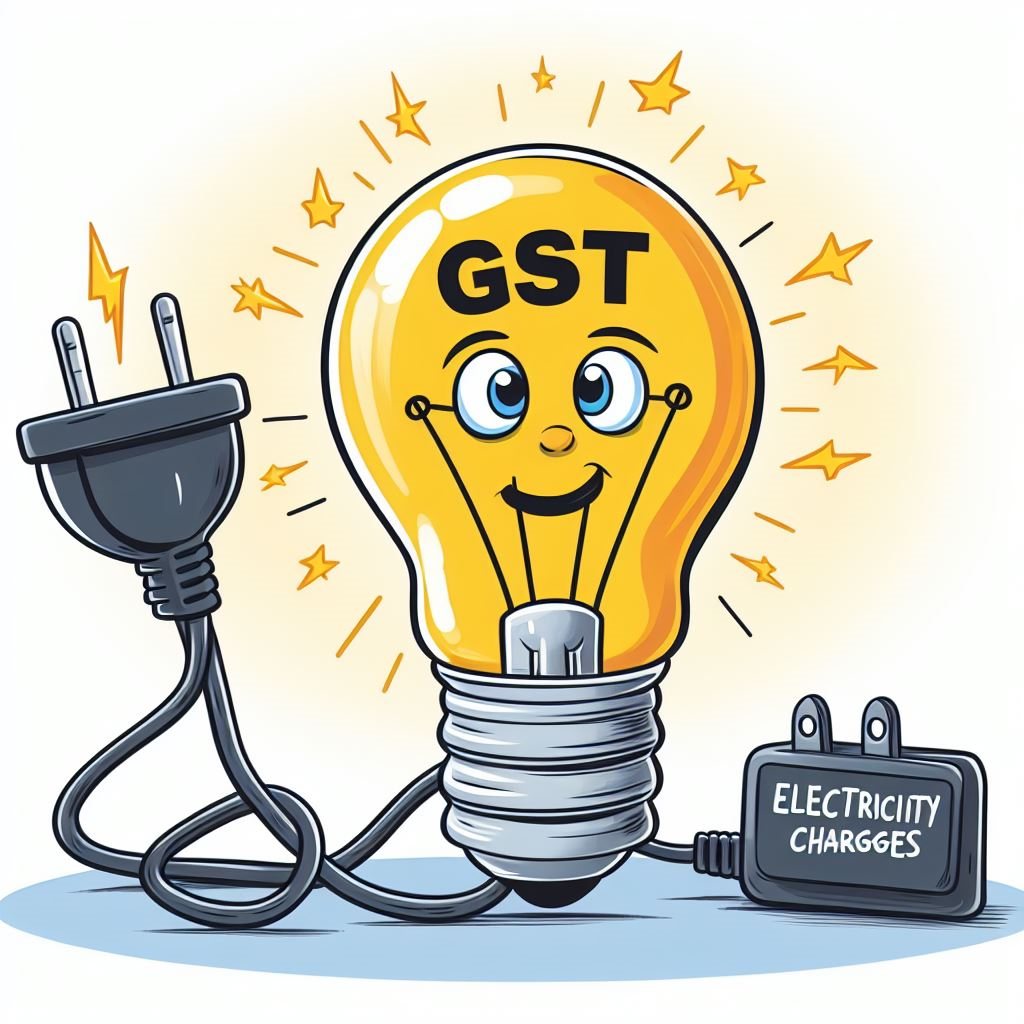Who is GST Prationer(GSTP)
A GSTP, or Goods and Services Tax Practitioner, is a certified professional authorized by the tax authorities to perform various functions on behalf of taxpayers under the Goods and Services Tax (GST) regime in India. These practitioners play a crucial role in assisting businesses and individuals in meeting their GST compliance requirements.
Key Functions of GSTP:
- File applications for fresh registration under GST.
- File applications for amendment or cancellation of GST registration.
- Furnish details of outward and inward supplies(GSTR1).
- Furnish monthly, quarterly, annual, or final GST returns (GSTR3B).
- Make payments for credit into the electronic cash ledger (tax, interest, penalty, fees, or any other amount).
- File a claim for a refund.
- Appear as an authorized representative before tax authorities.
Assistance Provided by GSTP to Taxpayers:
- Help Taxable person in preparing and filing GST returns.
- Assist in maintaining books of accounts.
- Reconcile input tax credit.
- Liasoning with the GST office.
- Ensure compliance with other GST provisions.
Eligibility Criteria for GSTP:
Basic Conditions to become GSTP:
- One should be a citizen of India
- One should be a person of sound mind
- One should have not been declared as insolvent
- One should have not been convicted for an offence with imprisonment for more than two years
Education & Work Experience:
- Retired officer of the Commercial Tax Department (State or Central) with a minimum of two years’ service in a post not lower than that of a Group-B gazetted officer.
- Registered Tax Return Preparer or Sales Tax Practitioner for a period of at least 5 years.
- Graduate or postgraduate in Commerce, Law, Banking, Business Administration, or Business Management from a recognized Indian or Foreign University.
- Passed any other examination notified by the government, including CA, CMA, or CS.
Examination for GST Practitioners:
- Examination is Conducted by the National Academy of Customs, Indirect Taxes & Narcotics (NACIN).
- Authorized examination for confirmation of enrollment.
- GSTPs covered under specific rules required to pass the examination before a specified date.
Enrollment Process for GSTP:
- Log in to the GST common portal (www.gst.gov.in).
- Proceed to Services – Registration and click on ‘New Registration.’
- Select ‘GST Practitioner’ in the ‘I am a’ dropdown.
- Enter State, District, Name, PAN, Email Address, and Mobile Number.
- Click ‘Proceed’ after entering the captcha code.
- After validation, receive OTP for verification.
- Enter the 2 different OTPs received on email and mobile to generate a TRN (Temporary Reference Number).
- Enter TRN and Captcha, proceed to enter details and upload required documents.
- Submit the application through DSC or EVC and E-signature.
- Receive 2 OTPs on Aadhaar-linked mobile and email, enter the same to successfully file the application.
- Acknowledgment received on the registered email within 15 days.
Forms Used for GSTP:
- FORM GST PCT 01: Application for Enrolment as GST Practitioner.
- FORM GST PCT 02: Certificate of Enrolment as a GST Practitioner.
- FORM GST PCT 03: Notice seeking additional information on application for enrolment or show cause notice.
- FORM GST PCT 04: Order of rejection of application for enrolment or disqualification of a GST practitioner found guilty of misconduct.
- FORM GST PCT 05: Authorization/withdrawal of authorization to engage a GST practitioner by a taxable person.
What is the syllabus and pattern of the GSTP exam?
The GSTP exam covers various topics related to GST law and procedures, such as:
- Levy and Collection
- Supply
- Registration
- Returns
- Payment
- Refund
- Input Tax Credit
- Valuation
- Invoice
- Accounts and Records
- Offences and Penalties
- Appeals and Revision
These topics encompass a comprehensive understanding of GST law and procedures, ensuring that GST practitioners are well-versed in various aspects of the Goods and Services Tax system.
what is the validity of GSTP certificate?
Typically, once enrolled as a GSTP, practitioners are required to pass an examination conducted by the National Academy of Customs, Indirect Taxes & Narcotics (NACIN) and comply with any ongoing requirements set by the tax authorities. The continuation of enrollment may be subject to periodic examinations and compliance with any additional conditions specified by the authorities.
It’s essential to stay updated with the latest notifications and amendments to GST laws.
Is the GST Practitioner Exam Still Relevant in 2024?
The GST Practitioner Exam is still relevant in 2024, as it is a mandatory requirement for those who want to enroll as GST practitioners under Rule 83 of the CGST Rules, 2017 3. The GST practitioners are authorized to perform various functions on behalf of the taxpayers, such as filing returns, making payments, applying for refunds, etc4. The GST practitioners can also help the taxpayers in complying with the GST law and avoiding penalties or notices.


